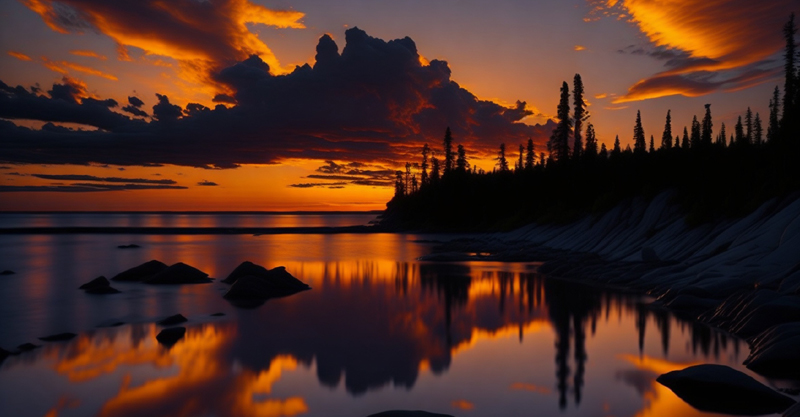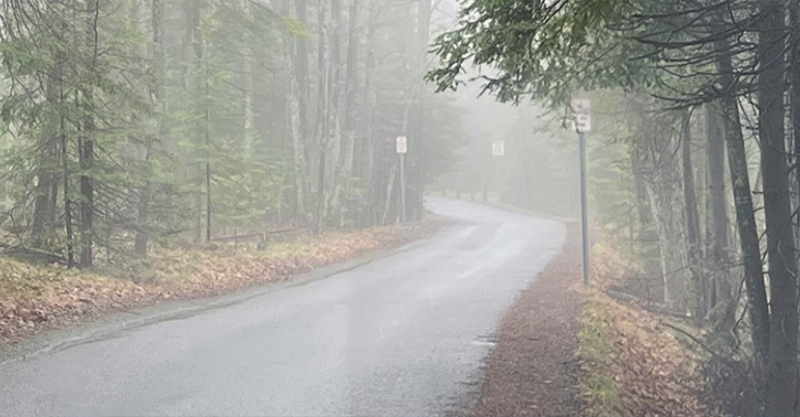Earth Day was established in 1970 by Senator Gaylord Nelson. Part of a global response to a massive oil spill in Southern California in 1969, April 22nd became a benchmark for recognizing that the oversight of our nation’s natural resources was a mess. That summer, while working as a deckhand on an ore freighter on the Great Lakes, shipmates warned me not to slip off the dock when we unloaded cargo in Toledo. I took their advice. During the prior shipping season, the Cayuga River we were navigating had literally caught fire because of toxic pollutants.
Later in December, the United States Environmental Protection Agency came into existence as Federal law. No one could then imagine how this was about to impact the way we live and do business. Seen as another example of Federal overreach, the USEPA quickly became a target of controversy. It’s still regarded, by some citizens, with contempt.
Things have changed in ways nobody expected. America’s auto industry is being revolutionized by electric vehicles. Municipalities are installing solar panels. Coal-burning generating plants are shuttered. “Green economies” draw investors on Wall Street, emerging ideas about environmental justice stir up emotions, taking hold of the nation’s social conscience. There’s increasing awareness that rural communities too often become dumping grounds for contaminated waste and polluted water. Activists call such places “sacrifice zones.” Some fear the Upper Peninsula is in danger of becoming one.
Here are three suggestions: Specific, intentional, practical.
First, learn about issues your local communities are dealing with when it comes to clean air, water, contaminated soil, and the role of biodiversity. Support organizations that speak about long-term accountability over and against short-term profits. Eagle Mine, a mineral extraction operation whose corporate offices are based in Canada, carries on business here in the Upper Peninsula claiming the highest level of environmental safeguards in the country. Be assured. This is due to countless public hearings and pressure from citizens of the Upper Peninsula, including former governors and residents, all who consider Powell Township a place to protect and celebrate. I was there. Saw it happen.
Another invitation is to spend personal time reflecting on your “Carbon Footprint.” This concept assists individuals to live “as lightly” as possible with their surroundings. It gives a brief glimpse of the amount of natural resources we each use to sustain personal lifestyles. Several websites do this for us. Set a reasonable goal for reduction. Commit to it.
A third step is for those who identify with faith communities. Encourage your priests, rabbis, and clergy to work with interfaith coalitions in addressing environmental concerns. Focus on projects that lift up human health through protection of our water, air, and forests. Continue to do this within tested spiritual frameworks of hope, compassion, and justice.
It’s a mistake, I think, to believe technology alone will provide solutions to impending environmental disaster. Science and research will not, by themselves, save us, But if not, how do we move forward?
A clue is left for us by Barry Lopez, naturalist and award-winning author. It’s the story of Prometheus who stole fire from the God Zeus. Lopez reminds us such thefts often benefited a hero’s village, family, and culture. But those actions were also destructive. “I’m going to give you two things,” Zeus told Prometheus. “Without them, this fire (technology) will kill you. The two things are reverence and justice.”
Years ago, I joined a gathering of clergy in a church sanctuary in Seattle. A guest was present: An indigenous woman, no more than five feet tall from Chiapas, part of rural Mexico which, at that time, was caught up in brutal civil unrest. She wore a simple hand-woven traditional garment from her village. A Dominican priest accompanied her, as a translator. She was asked, unexpectedly, to bless the food we were about to share downstairs in the fellowship hall.
I watched her walk into the center aisle of the sanctuary. Pausing for a minute or two, she lifted her arms, and began to sing in her native language. After turning in four directions, she kneeled. Then kissed the floor.
Perhaps that memory of her long-ago visit will serve you, as it does for me, as a sign of resiliency and hope. Let’s befriend those who live closest to the earth. Sing more. Seek to walk in rhythm with the seasons. Take good, fierce care of our neighborhoods. Invite our lives to be our prayers.
Mining Journal OP ED April 16, 2023



